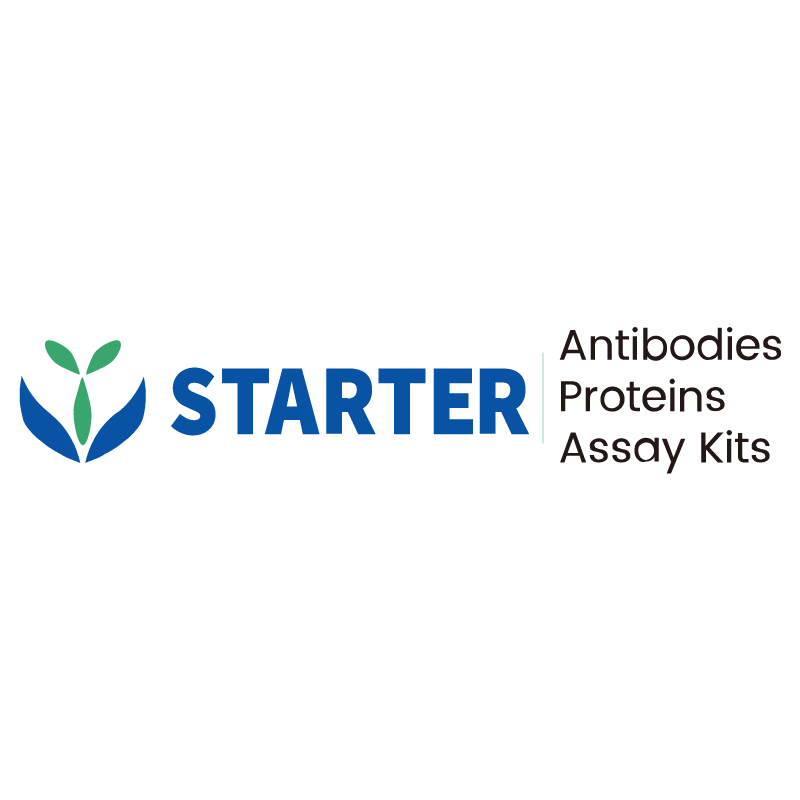Flow cytometric analysis of BALB/c mouse splenocytes labelling Mouse CD21/CD35 antibody at 1/2000 (0.1 μg) dilution/ (Right panel) compared with a Rat IgG2a, κ Isotype Control / (Left panel). Goat Anti-Rat IgG Alexa Fluor® 647 was used as the secondary antibody. Cells were stained with CD19 - Brilliant Violet 421™ Antibody separately.
Product Details
Product Details
Product Specification
| Host | Rat |
| Antigen | CD21/CD35 |
| Synonyms | Complement receptor type 2; Complement C3d receptor; Cr2; Cr1 |
| Location | Cell membrane |
| Accession | P19070 |
| Clone Number | S-R717 |
| Antibody Type | Rat mAb |
| Isotype | IgG2a,k |
| Application | FCM |
| Reactivity | Ms |
| Positive Sample | BALB/c mouse splenocytes |
| Purification | Protein G |
| Concentration | 2 mg/ml |
| Conjugation | Unconjugated |
| Physical Appearance | Liquid |
| Storage Buffer | PBS pH7.4 |
| Stability & Storage | 12 months from date of receipt / reconstitution, 2 to 8 °C as supplied. |
Dilution
| application | dilution | species |
| FCM | 1:2000 | Ms |
Background
CD21 (CR2) and CD35 (CR1) are key complement receptors predominantly expressed on B cells and follicular dendritic cells (FDCs). CD21, also known as the C3d receptor, binds to complement fragments like C3d and iC3b, playing a crucial role in B cell activation and regulation of immune responses. It also serves as the receptor for Epstein-Barr virus (EBV) on B cells. CD35, on the other hand, binds to C3b and C4b, facilitating phagocytosis and immune complex clearance. It helps in the activation of B cells and regulation of complement activity. Both receptors are involved in antigen presentation and immune complex internalization, contributing to both innate and adaptive immune responses.
Picture
Picture
FC


